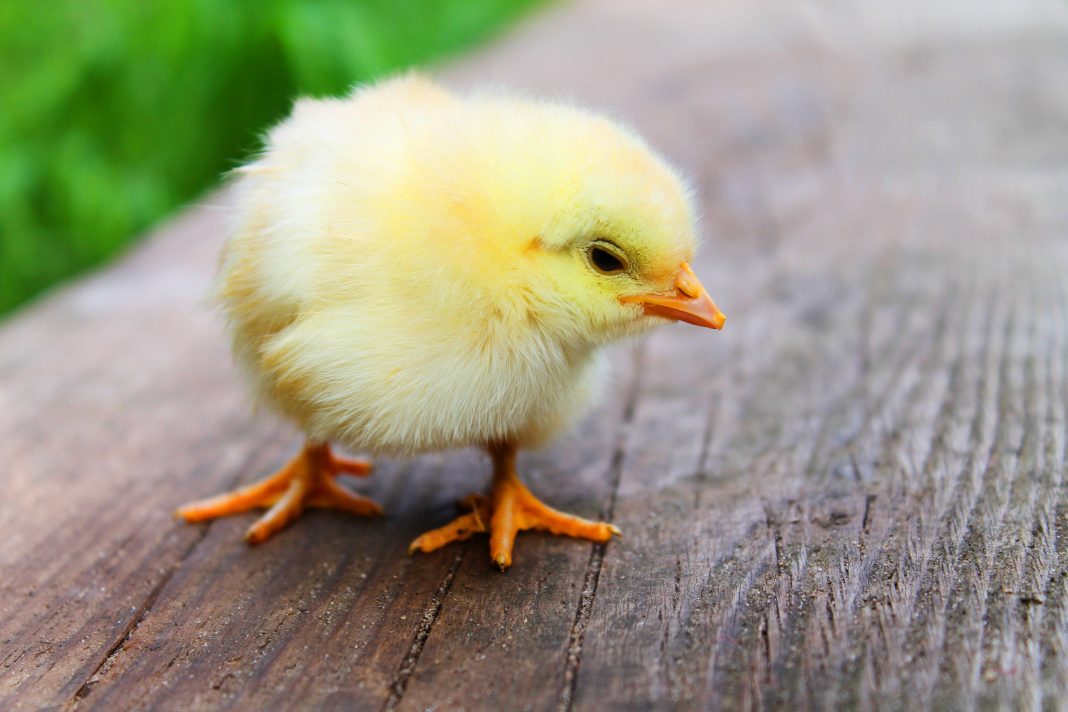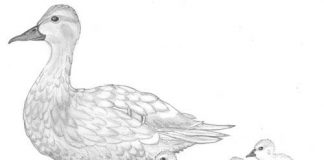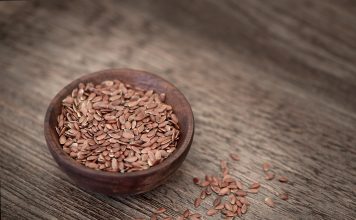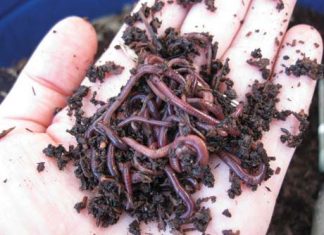 |
|
| Issue #80 • March/April, 2003 |
It’s spring and the farm store has a tempting variety of baby chicks begging for you to take them home. Or the breed you’ve always wanted has been marked down. If you plan ahead a little, you can take advantage of the situation. Last spring, a local farm store was desperate to rid themselves of some roosters. Because I had the materials for the following brooder stored for just such an occasion, I took the chicks and within an hour, they were enjoying their new home. The inexpensive brooder described below will provide your chicks with a snug, happy home for several weeks.
The idea began when we had no place to put our first order of chicks, certainly nothing that resembled the setup pictured in the book we had borrowed from the library. In desperation, we decided to use a large cardboard box with a brooder lamp. It worked out so well for us here in northwest Montana that we make one every spring for our new batch of chicks.
Materials
To set up the brooder, you will need a large cardboard refrigerator box, some baling twine, a 250 watt brooder lamp (preferably with infrared bulb) and a chain to suspend it, and a stick or dowel about 6 feet long. Make it chick ready by adding a 1×6 board to set the feeder on, the top of a plastic 5 gallon bucket (or something of similar size and shape) to set a waterer on, a few optional boards to put under the box, litter for the floor (with a top layer of paper toweling the first two days), and chick waterers and feeders.
Setting up the box
First, get a large cardboard refrigerator box from an appliance dealer (Ask early if you want to be sure to get one.). The best ones are the ones on which the end was removed by cutting the strapping, not the cardboard. Select a location with accessible electricity in the building where you want to keep your chicks. This location should have a hook or something above the middle of it from which to hang the heat lamp. Take the empty box and reassemble it, replacing the missing strapping securely with baling twine. Then lay the box on its side, placing the largest surface on the floor. We found that slipping a few boards under the box at evenly spaced intervals provides air circulation and helps keep the bottom of the box dry.
|
Now you are ready to cut openings in the box. First mark the top. Draw one line across the box approximately in the middle, but always directly under the spot from which the light will hang. Then draw 2 more lines from side to side, one at each end about 10 or 12 inches from the end of the box. At the front of the box, draw a line to connect all three of the crosswise lines, keeping the connecting line 6 or 8 inches from the front edge. (See illustration.) Next, without bending any cardboard, cut the line across the front (a box cutter or utility knife works well). Then cut each of the three lines which go from front to back, stopping 6-8 inches from the back.
You will have what looks like a split door. Next bend each door at the back to hinge upward. A long stick or a dowel can be laid lengthwise under the flaps to keep the flaps from falling into the box. The flaps can be raised by simply propping them up, or a length of twine can be strung through a puncture in the flap and secured to something at the back of the box. The need to adjust the flaps will depend primarily upon the temperature of the building.
The box will most likely be too high for the average person to reach into using the top flaps, so we cut a window flap in the front. We like the flap to hinge at the top; it is easier to keep it closed if the weather is chilly. But we have to prop it open to care for the chicks, the main reason for the flap. It also serves to ventilate the box on warm days. Be sure to make the front edge at least 12 inches high to keep the chicks from walking or jumping out.
Finishing touches
The next step is hanging the 250 watt heat lamp from a chain passing through the middle slit in the top flap, allowing the bulb to be about 18 inches above the floor. In order to get the chain to hang straight, you may have to put a notch in the roof flap of the box. Using S-hooks to connect the lamp with the chain allows us to adjust the height of the lamp to get the temperature right for the chicks. We usually have a safety chain, too, to make sure the light does not fall to the floor; any secure tie will do the job.
To complete the interior decor, we spread a two inch layer of pine wood shavings (locally available for us) on the bottom of the box, lay down a 1×6 board to put the feeder on, and install a plastic lid to set the waterer on. We have found that a plastic lid (from a 5-gallon plastic bucket) with a rim of some kind to put the gallon waterer on prevents spills on the floor, thus keeping the bedding drier. Putting the feeder up on a board seems to slow the accumulation of shavings in the feeders.
Now you are ready to install your baby chicks. The refrigerator box brooder will hold 25 chicks for 4 to 5 weeks (the larger the breed, the sooner they outgrow the box) if the box is large, or 50 for a shorter time. With more chicks, you can expand by adding a second box of some sort. We have had 2 brooder boxes, end to end, (both with lamps if heat was needed) going at the same time, connected by a large hole cut in the end of the box. You have to experiment and adapt to the situation you have.
This brooder is cheap, convenient, and disposable. It enables us to raise chickens without having a lot of special brooder equipment or housing. When we are done with the box, it can be sent to the dump, burned, recycled, or used for mulch.
Making the chicks comfortable
1. Preheat the box. The temperature should be 95 degrees 2″ above the floor at the outer edge of the lamp. Adjust lamp to reduce the temperatures about 5 degrees per week. While the glow from the infrared bulb discourages the chicks from picking other chicks, the heat can be intense, so monitor the temperatures in confined areas.
|
2. Put down paper toweling to keep chicks from eating the litter. Change often enough to keep it clean and remove on the third day when chicks are eating well.
3. Supply adequate fresh, clean water, about 1 quart per 25 chicks to begin. Disinfect waterer daily.
4. Provide enough feeder space: 1 slot per chick or 1″ per chick in open feeders. For non broilers, keep feed available at all times.
5. Put some feed on the paper toweling, a paper plate, cardboard, or even plastic lids for a few days to make sure all chicks find food right away.
6. Dip each chick’s beak in water and make sure he drinks as you put him in the box.
7. Check frequently to make sure you have the temperature right and flaps on the box opened or closed appropriately. Happy chicks will wander freely, make musical sounds and sleep side by side. If they crowd under the lamp, they are cold; if they stay around the edges of the box, they are hot; and if they huddle to one side, the box is drafty. If your box is in an unheated place, the outside temperatures will affect the inside. Watch the chicks and they will let you know if they are comfortable. We often closed them up completely on cold nights, but opened the box on warmer days.
















